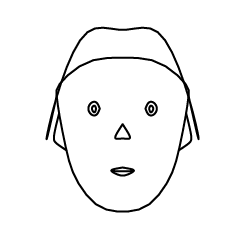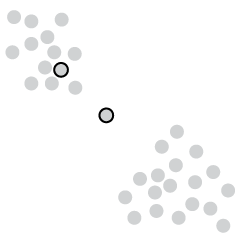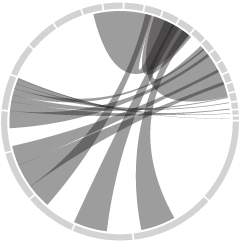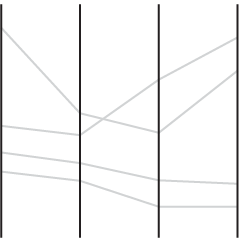While we’re on the subject of stars, developer Riley Davis modeled the ones in the zodiac constellations and color-coded them by temperature. He also labeled the constellations and included the celestial equator (the projection of Earth’s equator into space), ecliptic (path of the sun), and the sun, which moves in real-time. The interactive starts with a view from space, where the little blue dot is Earth, and when you release the camera, you see the stars from our point of view.
I was disoriented at first with the navigation but got used to it quickly. Movement of the mouse left to right zooms in and out, and movement top to bottom rotates the perspective. Feels a lot like flying through space. Well how I imagine it to be, at least.

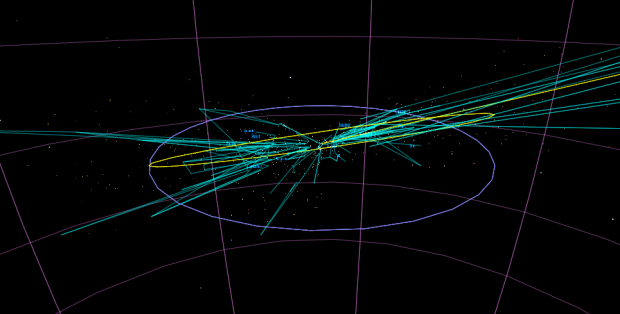

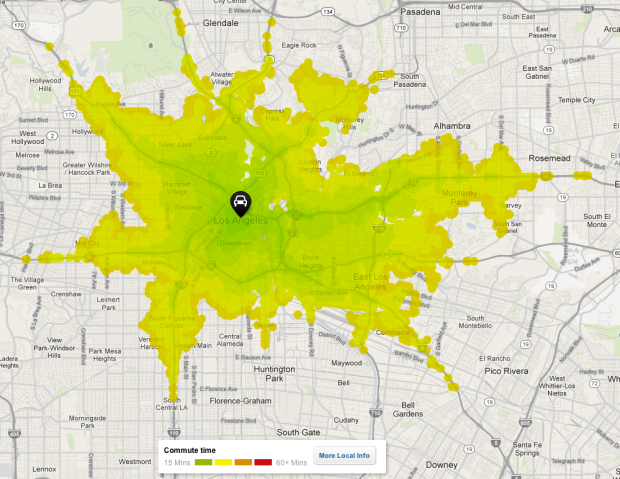
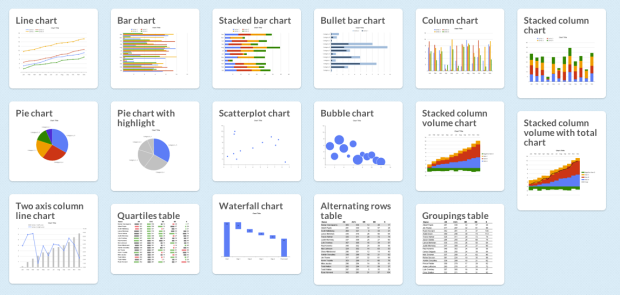
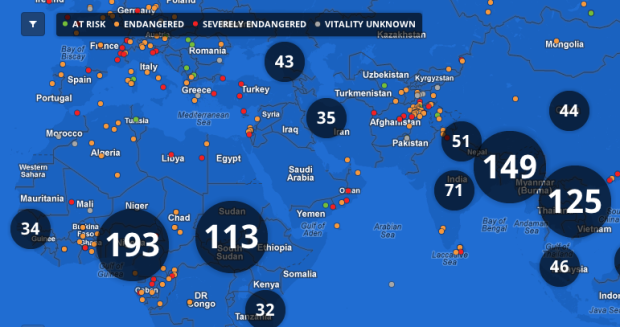
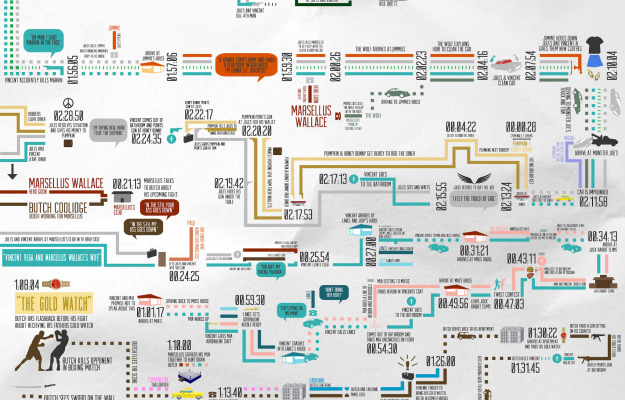


 Visualize This: The FlowingData Guide to Design, Visualization, and Statistics (2nd Edition)
Visualize This: The FlowingData Guide to Design, Visualization, and Statistics (2nd Edition)

